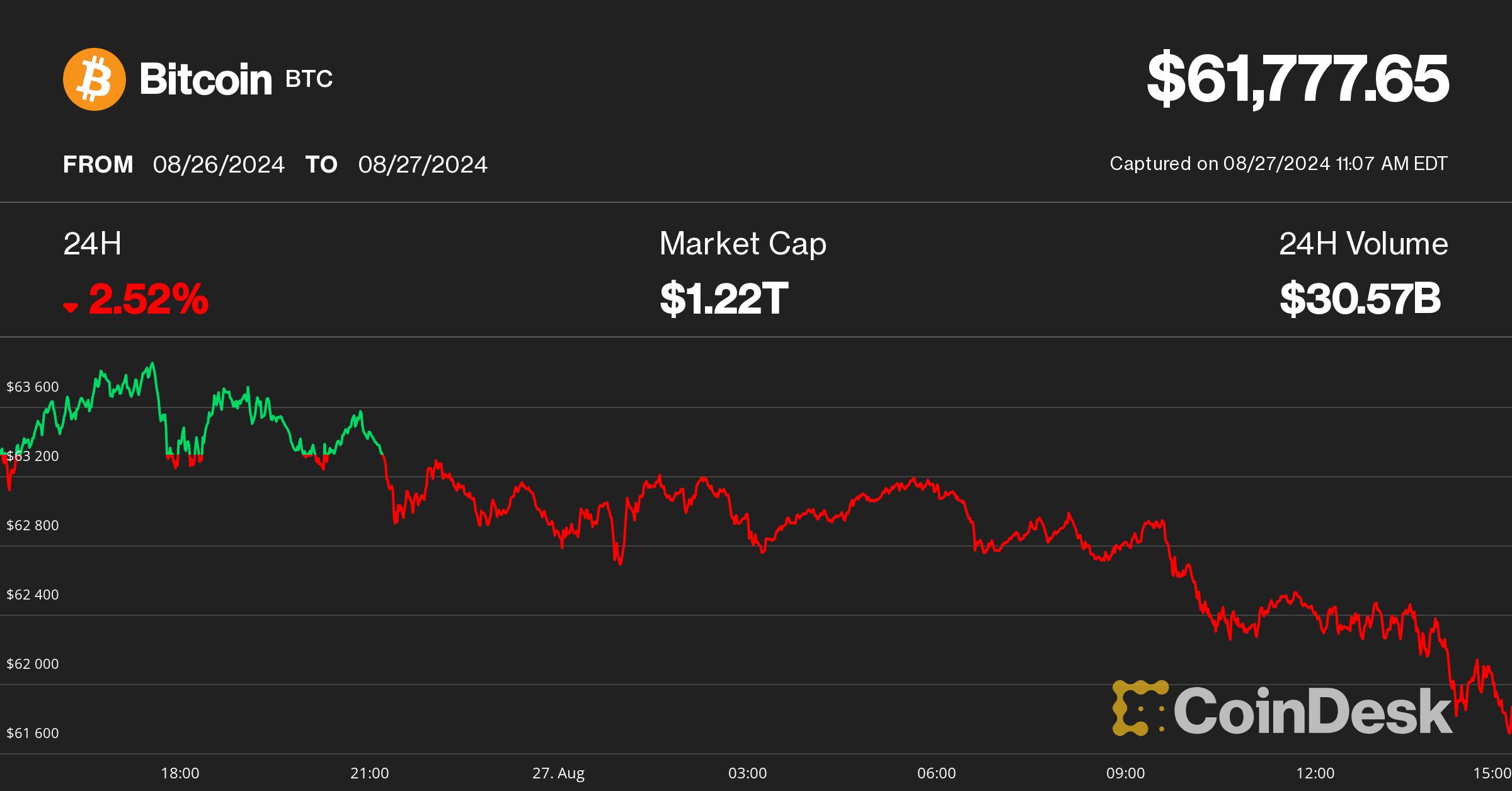
Not all Wyckoff accumulation setups lead to massive price rallies as far as the Bitcoin and cryptocurrency markets are concerned.
On Dec. 2, independent market analyst Stockmoney Lizards said Bitcoin (BTC) had entered the process of bottoming out inside its current $15,500-$18,000 price range, citing Wyckoff Accumulation.
Wyckoff Accumulation is a classic technical analysis setup, named after Richard Wyckoff, a technical analysis pioneer in the first half of the twentieth century, who broke down the market cycle into four distinct phases.
But is Wyckoff a reliable pattern, particularly for trading cryptocurrency? Let's find o.
What is Wyckoff accumulation?
Wyckoff accumulation is one of the four phases listed in the Wyckoff market cycle theory, with the other three being markup, distribution and markdown. In layman's terms, each phase determines when large entities drive the direction of the market.
The accumulation phase correctly develops when big pockets boost their buying and drive demand.
As a result of increased interest, the price forms higher lows while trending further higher. In doing so, the price pushes above the upper trendline of its trading range, switching to the markup phase of the Wyckoff cycle.
In other words, a sustained uptrend, as shown in the diagram below.

Accumulation events and phases
In the accumulation phase, big players prepare for their next bull strategy by accumulating assets within a given trading range (TR). As they do, the assets purchased outweigh the assets sold, leading to drops in available supply which, in turn, helps the price rally above the TR.
Related: What is a Doji candle pattern and how to trade with it?
Therefore, small investors undertaking the Wyckoff accumulation strategy must correctly identify the direction and the speed of the move out of the TR.
Fortunately, they can take assistance from a widely-tracked accumulation schematic created by Wyckoff in the early 1930s, as illustrated below.

Phase A reflects the previous downtrend's exhaustion. It begins with preliminary support (PS) — a period wherein substantial buying begins alongside rising volumes — which suggests that the prevailing bearish trend is approaching its end.
The downside bias dies down after the price drops to its selling climax (SC), a point at which large professional investors start absorbing the retail side sell-pressure and traders start covering their short positions.
As a result, the price rebounds sharply to its automatic rally (AR) level, which defines the upper boundary of the Wyckoff trading range. Then, the price returns to test the levels around SC, sometimes even falling below it for a so-called secondary test (ST) of the support.

It is common to have more than one ST in Wyckoff accumulation, which leads the price into consolidation territory in Phase B. Theoretically, it means institutional investors have been accumulating the assets in anticipation of a markup event.
Therefore, the rebounds from SC-ST levels in Phase B typically accompany higher volumes. Conversely, the pullbacks from the AR levels see diminishing volumes, showing that the liquidity is exhausting on the down-moves. In other words, the asset is getting ready for Phase C.
Phase C begins with "test," wherein large investors examines the market for potential supply booms. In other words, the sudden arrival of sellers that risks invalidating the entire Wyckoff logic. As a result, the price rises cautiously during the test period.
The test period exhausts when the price breaks above the AR level, thus showing the so-called sign of strength (SOS). That follows up with another short-term correction toward the last point of support (LPS).
This entire price action occurs in Phase D of the Wyckoff accumulation theory, showing the dominance of demand over supply. As a result, traditional analysts consider LPS an excellent place for investors and traders to enter the market.
In Phase E, the asset leaves the trading range altogether to enter the markup phase of the Wyckoff market cycle.
How to trade crypto using Wyckoff accumulation
Not all Wyckoff accumulation setups lead to massive price rallies as far as the cryptocurrency market is concerned.
For instance, Bitcoin's price had entered the SOS phase of its Wyckoff accumulation setup in early March 2020 when it traded for nearly $9,000. But BTC/USD then fell below $5,000 by mid-March, snubbing the bullish Wyckoff signals in the wake of the COVID-19-led global market meltdown.

Traders can employ a range-bound strategy to profit from the fluctuations inside the Wyckoff accumulation's trading range. They could do so by opening a long position on a bounce from the ST range while eyeing the AR level as their primary upside target.
Simultaneously, traders could place a stop-loss below the ST level to avoid deeper losses in the event of a false breakout.
Related: Margin trading vs. Futures: What are the differences?
On the other hand, traders looking to place aggressive long positions may need additional confirmation from the fundamental catalysts concerning the crypto asset.
For instance, Bitcoin's Wyckoff accumulation setup between May 2021 and November 2021 resulted in a price rally from about $37,000 to as high as $69,000 (after a breakout in Phase E). The explosive gains were accompanied by a loose monetary policy period and growing mainstream adoption.

However, cautious traders can wait for the Wyckoff setup to reach Phase D. They can enter a long position after the price breaks above the SOS point with convincing volumes. Of course, it is advised to place a stop-loss below the SOS to exit the trade with smaller losses should the trend reverse.
This article does not contain investment advice or recommendations. Every investment and trading move involves risk, and readers should conduct their own research when making a decision.





